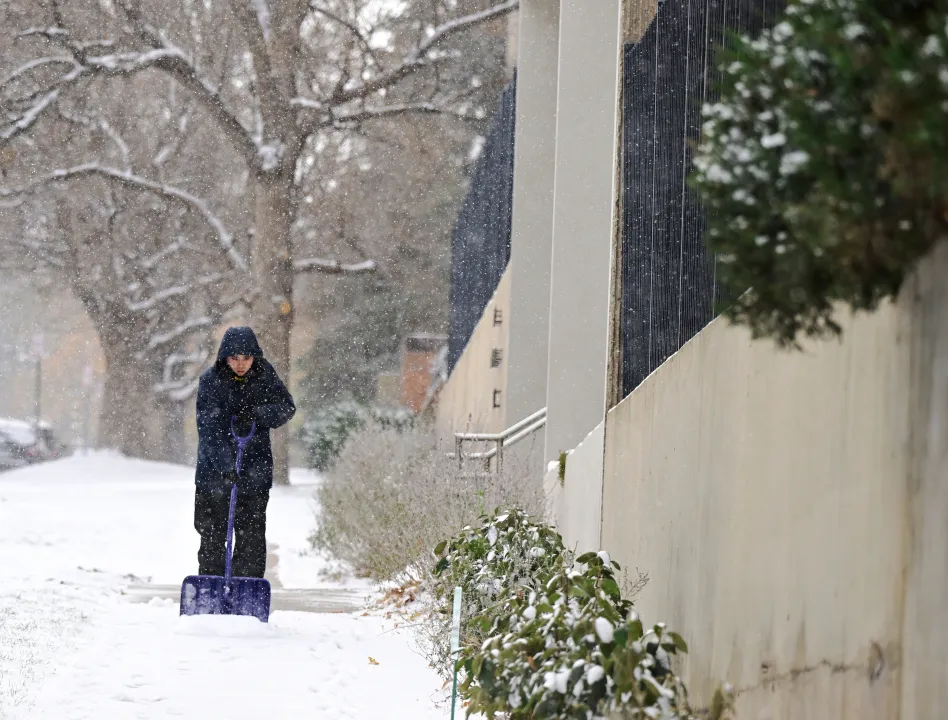Fixing sidewalks could take decades and changes to the plan
By Joe Rubino, The Denver Post
In a city strewn with cracked, crumbling and even nonexistent sidewalks, a huge influx of cash is on the way to address the problem courtesy of Denver voters who supported Initiated Ordinance 307 in the Nov. 8 election.
But pedestrians and wheelchair users should continue to watch where they walk and roll. Depending on which estimated timeline one chooses to believe, it could take anywhere from nine years to almost three decades for that money to bring new, accessible walkways to every nook and cranny of the city. Cost estimates swing between the proponents’ $850 million and north of $8.5 billion according to the city public works officials.
Denver’s Department of Transportation and Infrastructure says there are 300 miles of missing sidewalks in Denver and 830 miles of sidewalks that are too narrow for wheelchair users or parents pushing strollers. City officials don’t have a full inventory of damaged sidewalks yet. Creating a sidewalk master plan is one of the first steps Ordinance 307 requires.
Given the scope of the problem and the wide gulf in how much time and money it is expected to take to create a complete city-wide sidewalk network, critics like District 2 City Councilman Kevin Flynn argue that 307 isn’t even a workable program as written.
As was the case with another ambitious voter-approved measure, 2017’s green roofs ordinance, backers of 307 say they are ready and willing to work with city leaders to make sure the sidewalk fees deliver. Revisions, including City Council amendments, are possible if not outright likely.
The next 13 months will be telling as financial frameworks and other specifics are worked out. Don’t expect to see tons of concrete being poured in Capitol Hill, Villa Park or any other Denver neighborhood where sidewalks heave, jut or end abruptly.
“There are so many broken sidewalks in the city and everyone wants their sidewalks to be fixed first,” said Jill Locantore, executive director of the Denver Streets Partnership, which led the 307 campaign. “We’re going to learn a lot over the next year as we start digging into the details of exactly how we are going to implement this.”
Locantore’s advice for property owners with sidewalks in urgent need of repair: Wait. The city still has to work out its priorities for sidewalk projects, though a rough framework was laid out in the city’s 2019 Denver Moves: Pedestrians & Trails plan. That plan called for prioritizing work on streets with high rates of traffic deaths.
In the meantime, she urges all Denverites to report damaged sidewalks to the city via the 311 customer service phone line or the Denvergov.org/pocketgov website.
“That is useful data that the city can incorporate … when coming up with a plan of attack,” Locantore said.
Read the full story at The Denver Post
